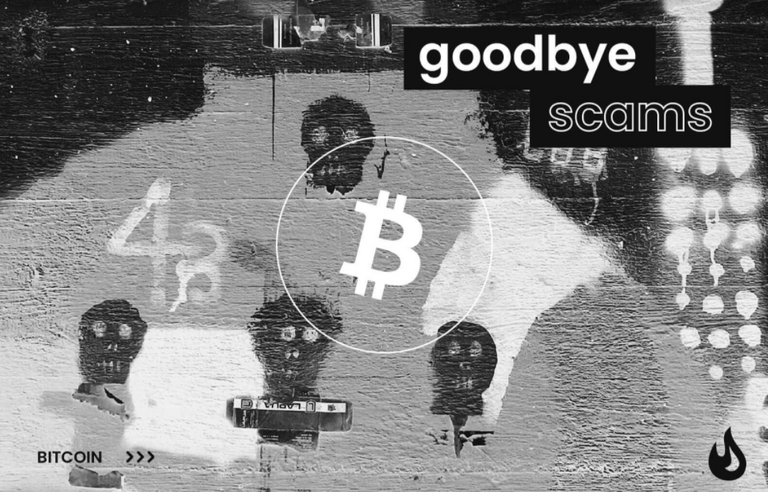Mt. Gox was under attack. An unknown hacker had gained entry, raised the price of Bitcoin, and was transferring BTC to his own wallet. In response, the exchange’s Bitcoins were moved into cold storage. Yet this was not the end of their woes. Mt. Gox was plagued by bizarre transactions and further thefts. At one point nearly 70% of all Bitcoin transactions went through Mt. Gox.

During these breaches (which were eventually investigated by The Department of Homeland Security), manager Mark Karpelès took 1 million dollars of BTC for himself before snatching 3 million’s worth. Mt. Gox is an illustration of how security flaws can destroy an exchange, yes. It is also an illustration of what can happen when centralized exchanges are run by unscrupulous people. The company filed for bankruptcy in 2014, but the lessons left by the debacle remain.
QuadrigaCX’s CEO (allegedly) died during his honeymoon in India. As he was the only one who knew the passwords to the wallets in cold storage, the funds of his QCX seemed hopelessly lost. Before feeling too bad for him, an audit revealed that he had been regularly emptying the accounts of his users – resulting in the loss of between 140 and 190 million dollars. His widow claims he is truly dead, others think it was faked. In either case, the story again reminds us that a single point of failure, which can be triggered by bad luck as well as malice and incompetence, can be deadly.
Lattice Exchange, like Bitcoin, does not have a single point of failure.
It’s hard to deny that crypto exchanges wield a great deal of power. At first glance a CEX is clearly at odds with Satoshi’s vision for Bitcoin. After all, crypto does not (or should not) ask you to put your faith or fate in the hands of an entity who, though perhaps well-intentioned, is probably not particularly concerned about your well-being.
Assuming there is more than one person in the operation, outright theft is likely to be detected and, one would hope, reprimanded. Running off with assets is not the only way a centralized exchange can scam users or token issuers. The inner workings of a CEX are not known.
This can be especially harmful for new tokens that are not listed on a large number of reputable exchanges. Perhaps in a future entry we will cover some of these horror stories.
Yet despite their pitfalls, CEXes are still the norm. This is partially because their utility, although obvious, is not yet widely understood. This is not merely a matter of principle. As we’ve seen, there are a litany of practical reasons to begin using a DEX. The real reason we have not seen a more decisive migration to DEXes is because, up to this point, the requisite infrastructure was not yet in place.
While you may object, noting that it is possible to build a DEX with architectures other than Constellation, this is like assuming an airline can conduct its business as effectively with a dozen 1905 Wright Flyer III as it can with a fleet of 747s. The major obstacle to acceptance is trust. While there is no shortcut to building trust, nothing guarantees its growth like transparency.
Originally published on Daily Coin
Posted Using LeoFinance Beta
Hello.
Welcome to Hive.
In order to confirm your authorship of the content, could you please mention the word "Hive" or add a hyperlink to Hive in your Twitter:
https://twitter.com/ReadDailyCoin
You can remove this mention, once we confirm the authorship.
Thank you.
More Info: Introducing Identity/Content Verification Reporting & Lookup
Congratulations @daily-coin! You have completed the following achievement on the Hive blockchain and have been rewarded with new badge(s) :
You can view your badges on your board and compare yourself to others in the Ranking
If you no longer want to receive notifications, reply to this comment with the word
STOPDo not miss the last post from @hivebuzz: